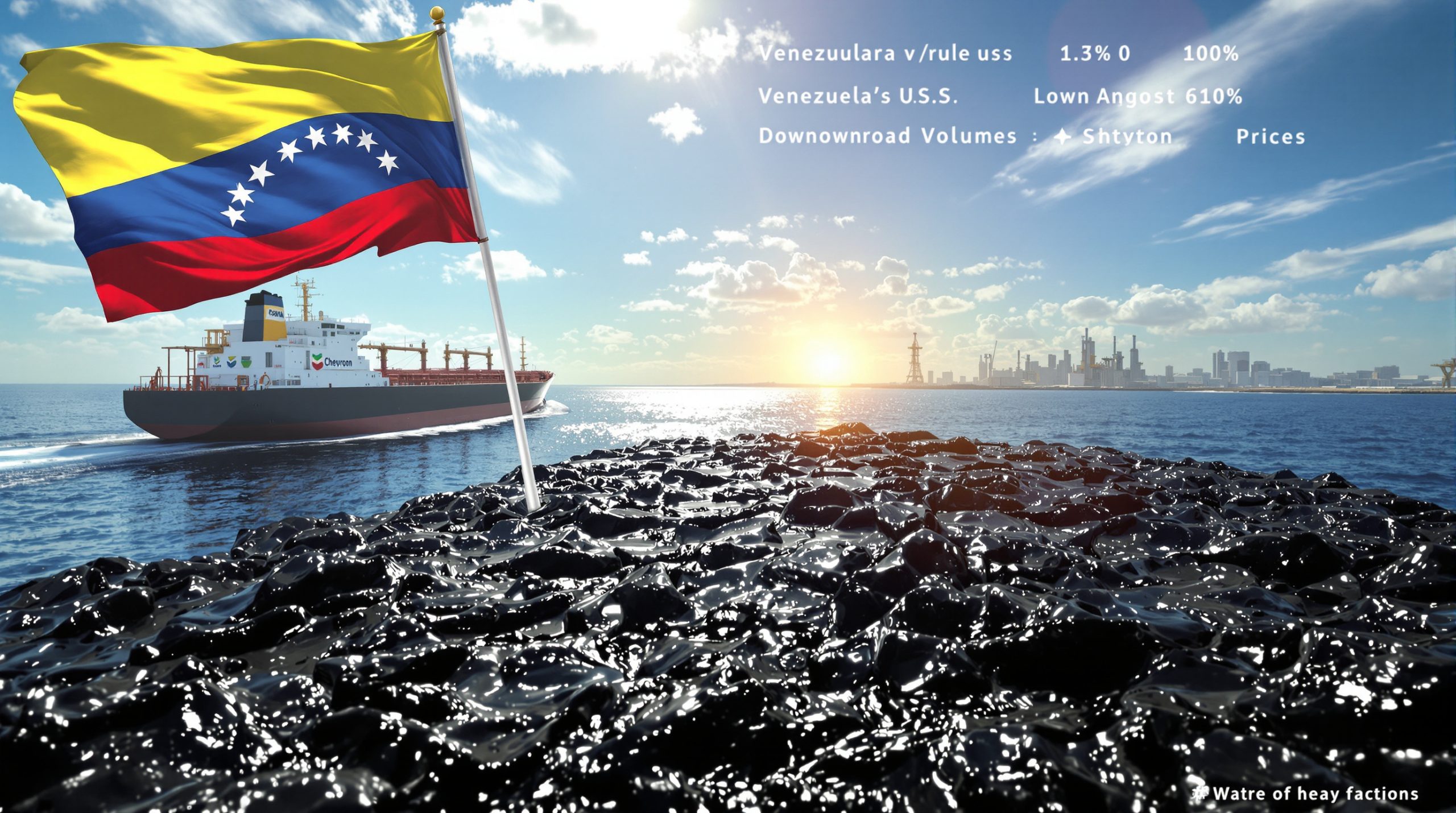Why is India Opening Uranium Mining to Private Companies?
India plans to end state monopoly on uranium mining in a sweeping reform that marks a historic turning point for the nation's energy and resource sectors. The primary driver for this shift is the country's ambitious agenda to expand nuclear power capacity twelvefold by 2047. According to Mining Technology (August 14, 2025), this move is crucial for ensuring nuclear power accounts for approximately 5% of India's total electricity generation, significantly up from current levels.
For decades, strict state control over uranium mining, imports, and processing was enforced to address critical concerns:
- National Security: Preventing misuse or diversion of nuclear materials.
- Radiation Protection: Ensuring safe handling, transportation, and storage of radioactive substances.
- Strategic Planning: Maintaining oversight on the life-cycle of fissile material central to India's nuclear deterrence.
While prudent during periods of nascent technological prowess, these controls inadvertently led to bottlenecks and underutilization of substantial domestic uranium reserves. With policy reforms now accelerating, stakeholders recognize that private sector agility and risk capital will be essential in bridging the looming supply gap.
What Changes Will the New Policy Implement?
To facilitate transition and open up the uranium mining sector, the Indian government is crafting a comprehensive framework empowering private entities to play pivotal roles:
- Exploration and Extraction: Private Indian companies will be eligible to explore and mine uranium deposits within the country.
- Global Sourcing: Permissions will extend to importing uranium from established international partners, leveraging global supply chains.
- Processing and Fuel Fabrication: Private firms will be allowed to process ore and contribute to the development of nuclear fuel.
- Technological Supply: Expansion of opportunities for private suppliers specializing in critical control system equipment and related technology.
Despite liberalizing access, key safeguards remain:
"Reprocessing of spent uranium fuel and management of plutonium waste will remain strictly under state oversight, aligning with international nuclear governance standards."
Regulatory checks will ensure alignment with international treaties, radiation protection norms, and maintenance of strategic stockpiles. The policy also introduces licensing requirements, environmental safeguards, and regular compliance audits.
How Will This Impact India's Uranium Supply Chain?
India's uranium resource profile reveals significant but underexploited potential:
| Uranium Resource Metrics | Value |
|---|---|
| Estimated reserves | 76,000 tonnes |
| Potential supported nuclear capacity | 10,000 MW |
| Estimated operational lifespan | 30 years |
Current state-controlled production, however, satisfies only about 25% of expected future demand, as per the Mining Technology report. The next generation of reactors and fuel cycle expansions will require an additional 75% of uranium to be sourced from abroad, underscoring the need for:
- Expanded domestic exploration and reserve development
- Boosting processing and conversion capacity to handle mixed-source feedstocks
- Securing international import contracts and diversifying supplier nations
A phased ramp-up in domestic output, coupled with new partnerships, is expected to significantly reinforce supply chain resilience. Investments in high-grade ore processing technology and investment in geological surveying are also poised to enhance the quality and quantity of extractable uranium.
What Legal Changes Are Required?
Ending the state monopoly on uranium mining will demand a multi-legislative overhaul.
Key legal amendments include:
- Mines and Minerals Laws: To enable private sector exploration, mining, and holding of radioactive minerals.
- Electricity Act: Reforms for integrating privately supplied uranium-derived electricity into the national grid.
- Foreign Direct Investment (FDI) Policies: Adjustments to permit strategic foreign capital and technology transfer while securing national interests.
- Nuclear Materials Regulation: Updating controls around handling, storage, and end-use of uranium, with robust reporting requirements.
- Environmental and Safety Codes: Aligning new mining ventures with stringent environmental protection, occupational health, and radiation control frameworks.
Revisions will require parliamentary approval, possible public consultation, and input from nuclear safety specialists, ensuring international compliance and robust risk mitigation.
How Are Companies Responding to the Announcement?
The unveiling of India's intent to end state monopoly on uranium mining during the annual budget announcement has catalyzed proactive moves across the private sector. Industry sources report:
- Leading Indian conglomerates are evaluating prospective mining blocks and resource-rich areas for early bids
- Mining and engineering firms have commenced feasibility studies focused on extraction, beneficiation, and cost optimization
- Tech and manufacturing firms are preparing to scale up uranium processing and specialized equipment production
Historically, resource sector reforms have prompted notable surges in related stock indices. Many investors expect uranium-related equities to benefit from this long-anticipated policy pivot. Early-stage investments are also targeting new exploration and pilot production ventures as the regulatory framework nears completion.
How Does This Fit Into India's Broader Resource Strategy?
India's uranium policy reforms are one element of a sweeping national resource strategy aimed at reducing external dependency on multiple fronts:
- Copper: Announced initiatives to boost domestic smelting capacity and local refineries in order to meet a significant portion of national demand by 2047.
- Critical Minerals: Incentivizing state-owned companies to secure upstream assets and strategic stakes in foreign mining companies.
- Rare Earths and Lithium: Active exploration and global JV (joint venture) initiatives aimed at shoring up supply for the nation's growing clean energy, battery, and electronics sectors.
This comprehensive approach not only enhances national security, but also drives technological modernization and creates new high-value jobs across the mining and industrial sectors.
What Are the Implementation Timelines?
The regulatory machinery is already in motion:
- Policy Drafting: The new uranium mining policy framework is under internal review.
- Public Announcement: Full details are slated for release within the current fiscal year.
- Phased Rollout: Upon notification, licensing and permitting of private participants can begin in select regions, followed by staged nationwide adoption.
- Compliance and Oversight: Ongoing regulatory updates will ensure best-practices and react to evolving global nuclear safety standards.
This strategically phased approach is intended to balance supply urgency with the demands of nuclear material oversight.
What Are the International Implications?
India's decision to integrate its private sector into uranium mining and processing will shape both regional and global market dynamics:
- Global Prices: Increased Indian demand could influence global uranium market volatility and long-term contract prices.
- International Partnerships: Major uranium exporters like Kazakhstan, Canada, and Australia may deepen trading relationships and joint-venture projects with Indian firms.
- Market Psychology: India's clear signal to diversify supply and develop domestic processing can further catalyze technological innovation and uranium investment strategies.
- Compliance and Diplomacy: India's updated approach directly aligns with global norms for nuclear governance and may facilitate greater engagement in global nuclear fuel supply chains and international regulatory frameworks.
"India planning to end state monopoly on uranium mining marks a definitive shift in both domestic resource policy and international market positioning. It naturally propels the nation into a more assertive role across the entire nuclear value chain."
Disclaimer: Market projections, timelines, and strategic outcomes discussed in this article are based on current policy intentions and may be subject to change. Investors should consult regulatory filings and seek professional advice in evaluating risk and opportunity.
FAQs About India's Uranium Mining Policy
What prompted India to end its state monopoly on uranium mining?
The overwhelming need for a rapid increase in uranium supply to meet twelvefold nuclear power expansion plans made it necessary to mobilize private expertise and investment. The existing state monopoly has proven insufficient to deliver at the targeted scale and speed.
Will private companies have complete freedom in uranium operations?
No. While private firms will gain access to exploration, mining, importing, and processing, all reprocessing of spent fuel and plutonium waste management will remain strictly under government control, preserving national security and meeting global safety obligations.
How significant are India's domestic uranium reserves?
India's estimated reserves of 76,000 tonnes could theoretically support 10,000 MW of nuclear capacity for approximately 30 years. However, these reserves are only expected to meet about 25% of projected future requirements, mandating substantial imports and efficiency gains.
When will the new policy take effect?
The complete policy framework is slated for public release within the current fiscal year, with phased implementation planned to follow soon after. The policy may need to consider recent developments like the Namibia uranium halt and potential uranium import bans that are reshaping global supply chains.
Further Exploration:
Readers seeking more details can refer to educational resources such as Mining Technology's article "India plans to end state monopoly on uranium mining". Additionally, those interested in other significant uranium developments might want to explore the Patterson uranium project which represents another important development in global uranium exploration.
Ready to Profit from the Next Major Mineral Discovery?
Discover why significant mining announcements can lead to extraordinary returns by exploring Discovery Alert's dedicated discoveries page, where our proprietary Discovery IQ model delivers real-time alerts on ASX announcements, transforming complex data into actionable investment opportunities.




